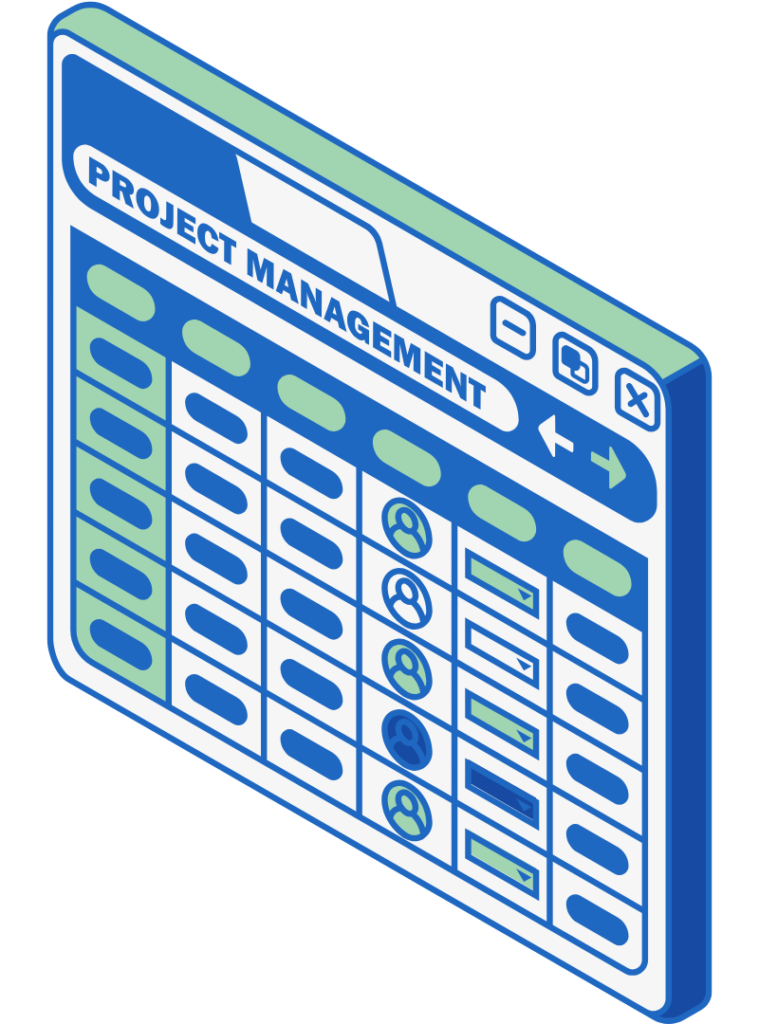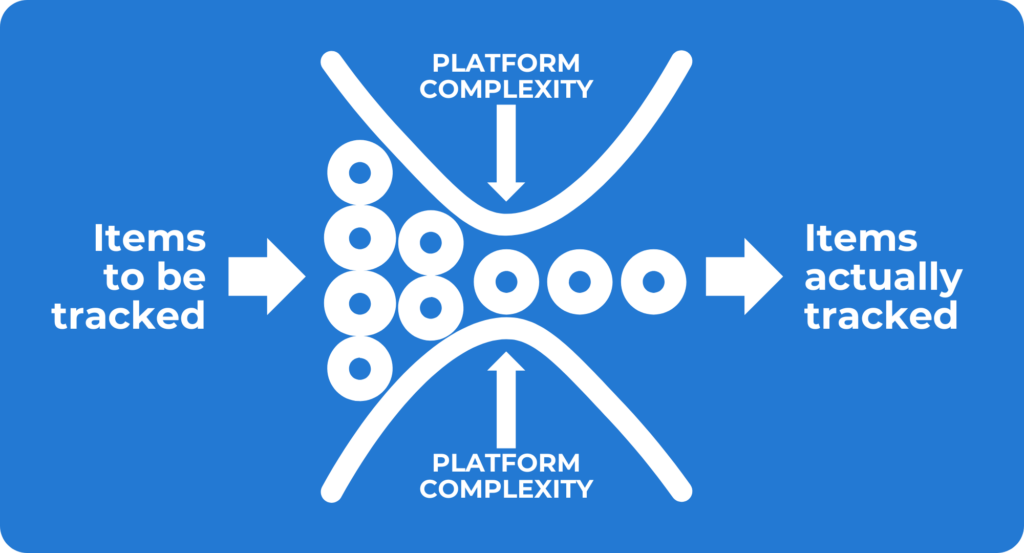Asana and Trello Can’t Do This: The Case for Broadsight in Comms Workflows
The Communications Team Dilemma
Communications teams today commonly rely on project-management tools (PMTs)—platforms like Trello, Monday, Asana, ClickUp, Wrike, and Jira—to organize workflows, manage deadlines and keep projects on track. These tools are great at structuring internal tasks, but communications work doesn’t stop at internal checklists.

Media teams don’t just manage tasks; they manage relationships, messaging consistency and real-time reputation risks—and that’s where PMTs fall short.
That’s why many teams begin by using PMTs for communications work, but over time, as their needs evolve, they find themselves shifting more and more into Broadsight. Eventually, for some, the PMT becomes optional—because Broadsight starts doing everything that matters.
Broadsight Tracker isn’t here to replace your PMT—at least not on Day 1. It’s the missing link that makes PMTs actually work for comms teams. And for many, it becomes the system they rely on most.
Project Management vs. Reputation Management: Two Sides of the Same Coin
PMTs aren’t customized to the unique workflows of media and communications teams. They’re either designed for other departments, like marketing, or built so generically that they require extensive adaptation to “work” for comms. It can start to feel like forcing a square peg into a round hole.
Think of your PMT as a logistics hub—it keeps internal teams aligned, tracks assignments and ensures deadlines aren’t missed. But when it comes to media relations, teams need something more.
PMTs Track Tasks, Broadsight Tracks External Impact
- PMTs answer: Who needs to draft the next press release? When is the deadline?
- Broadsight answers: What was the last interaction with this journalist? How did they cover our last announcement? What is their relationship with us?
Over time, many teams realize that tracking tasks alone isn’t enough—and start spending more time inside Broadsight, where they have the full picture.
PMTs Structure Workflows, Broadsight Ensures Message Consistency
PMTs help coordinate approvals and assignments internally.
Broadsight makes sure external messaging remains aligned across all interactions, preventing inconsistencies that can harm credibility.
Some teams begin using both, but as they get deeper into Broadsight’s centralized message tracking, they start questioning whether the PMT adds much value anymore.
PMTs are Unnecessarily Complex, Broadsight is Lean
PMTs are great for big projects with lots of subtasks, competing deadlines and multiple people working on different streams. But the majority of day-to-day comms work is fast, reactive and individualized. That makes multi-step, overbuilt modules more of a burden than a help. Getting information into the system quickly and accurately becomes difficult—and this “barrier to entry” inevitably results in a lot of items not being entered at all.

PMTs Keep Teams Moving, Broadsight Helps Teams Prove Their Value
PMTs track project completion, but they don’t show the real-world impact of media engagement, which is what really matters to comms leaders. Tracking media interactions driven by the team, connecting behind-the-scenes work to real-world outcomes, and tying everything to a strategic campaign? In a PMT, that would all require heavy customization and upkeep. It’s a lot of upfront work just to extract useful, relevant insights.
Broadsight provides reporting tools that let comms teams analyze trends, measure engagement and demonstrate the value of their work to leadership.
Even better, Broadsight makes it really easy to get your messaging, content and work into the system—ensuring nothing falls through the cracks. It automatically captures media requests through its built-in AutoTracker feature. When a journalist email comes in, it’s instantly transformed into a structured interaction log—saving teams from hours of manual entry.
This kind of automation isn’t possible in any PMT. You could assign someone a task to log a request—but that requires remembering, copying, pasting, tracking down background, and updating the contact list manually. With Broadsight, it’s just… done.
How Broadsight Complements PMTs
Rather than replacing your existing workflow, Broadsight Tracker fills the gaps that PMTs leave open. Here’s how they work together:
- PMTs organize press release development; Broadsight tracks journalist engagement.
- PMTs schedule media events; Broadsight ensures consistent messaging across all journalist interactions.
- PMTs help plan crisis-response actions; Broadsight provides a real-time command center for media requests and messaging alignment.
That’s the starting point for most teams. But as more functions migrate into Broadsight—reporting, media interaction tracking, message approvals—some organizations find they don’t need two systems anymore.
Why Teams Need Broadsight
Media teams who rely solely on a PMT are missing critical context about their external communications. They might have a clear task list, but they don’t have:
- A historical record of journalist relationships
- A system for tracking evolving media narratives
- A way to measure the effectiveness of their media strategy
- A built-in assistant that turns media emails into structured, actionable records—without lifting a finger
Broadsight provides these missing pieces, turning scattered media interactions into structured, strategic intelligence. And with Broadsight’s AutoTracker feature working in the background, the system is constantly capturing and organizing key moments without slowing anyone down.
The Takeaway
PMTs are essential for project management. Broadsight is essential for reputation management. The most effective teams may start by using both. But over time, as Broadsight becomes the team’s main source of truth, it often becomes the only tool they need.
Want to see how Broadsight can seamlessly fit into—and eventually simplify—your workflow? Request a demo today.
Receive our newsletter
Sign up below and we’ll be in touch with monthly updates about Broadsight Tracker, along with news and insights to keep you on the cutting edge of communications work in an AI era.